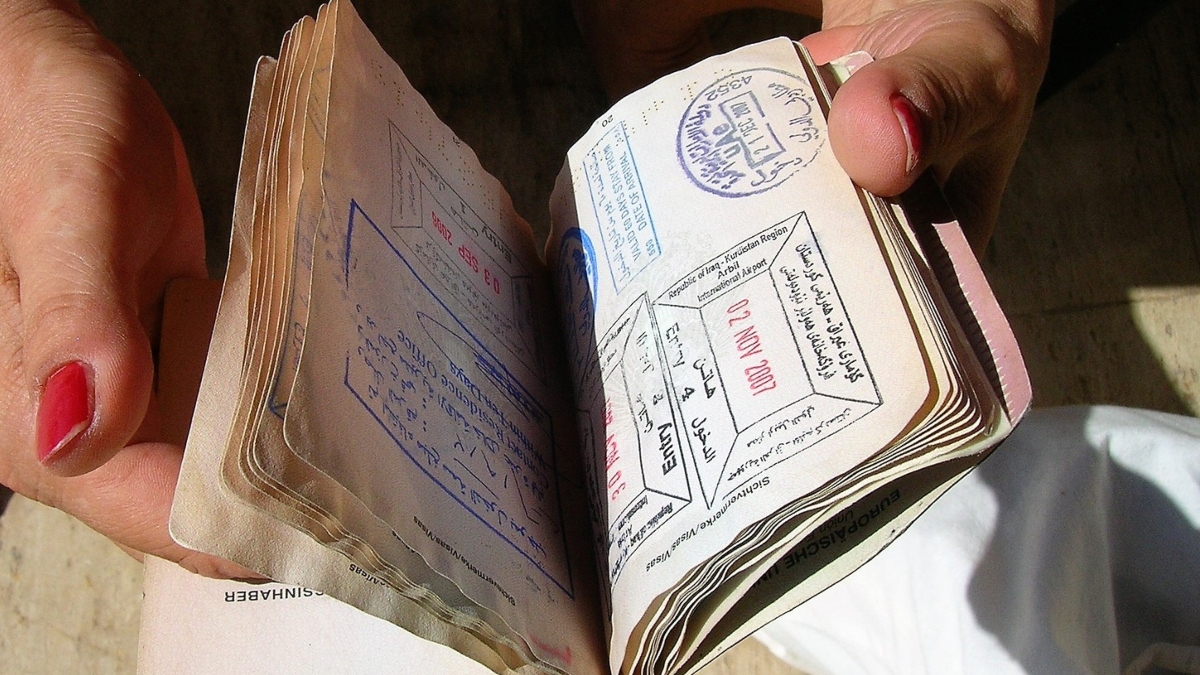The Schengen region, comprising 26 European countries, is poised to overhaul its entry and exit protocol for travelers from outside the area. In a bid to heighten security and streamline the immigration process, the traditional practice of passport stamping will be discarded. In its place, a new system will automate the registration of individuals as they enter and exit the Schengen region.
The change was announced by Francois Laruelle, the director of the European Travel Information and Authorization System (ETIAS) Division at Frontex, the European Border and Coast Guard Agency, during a keynote address at the Global Conference for Shaping Future Policies of Ports held in Dubai on Tuesday.
Under the forthcoming system, border guards will collect biometric and facial scans of individuals to confirm their identity at the time of entry and exit. This process aims to facilitate a more accurate awareness of each visitor’s identity, enhancing the security across Schengen borders.
“The main goal is to ensure that we are more aware of the identity of the person visiting us. This system allows us to confirm that we are dealing with the right person, using biometric and facial scans to verify the individual’s identity,” Laruelle explained.
Moreover, the director emphasized that the role of airlines will be pivotal in this revised setup. Airlines will be tasked with verifying the status of passengers authorized to travel to Europe, leveraging access to a designated amount of data within the system to carry out this duty.






